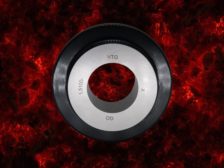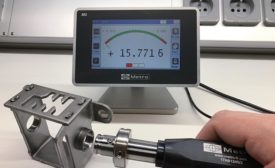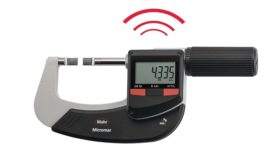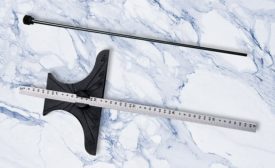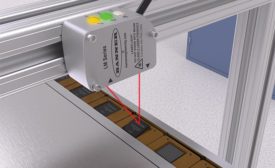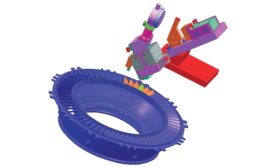Home » micrometers
Articles Tagged with ''micrometers''
Quality 101
Cylindrical ring gages may be used as master gages to set variable measuring tools.
Read More
Does Air Gaging fit into a Modern World?
Air gaging is an extremely fast measurement method even when measuring difficult geometries.
September 2, 2020
Food for Thought Regarding Depth Gages
Attempting to create a precision machine or product without taking accurate measurements is like trying to cook a great meal without measuring as you go along.
July 1, 2019
In Search of Precision Measurements
This is a new experience for many students.
March 15, 2019
How to Choose a Precision Measurement Sensor: Key Considerations
In precise part inspections, a reliable solution is a must.
March 1, 2019
Custom Gages: You’ve made it, but can you inspect it?
Sometimes the only inspection solution is a custom gage.
January 1, 2019
Stay in the know with Quality’s comprehensive coverage of
the manufacturing and metrology industries.
eNewsletter | Website | eMagazine
JOIN TODAY!Copyright ©2024. All Rights Reserved BNP Media.
Design, CMS, Hosting & Web Development :: ePublishing
